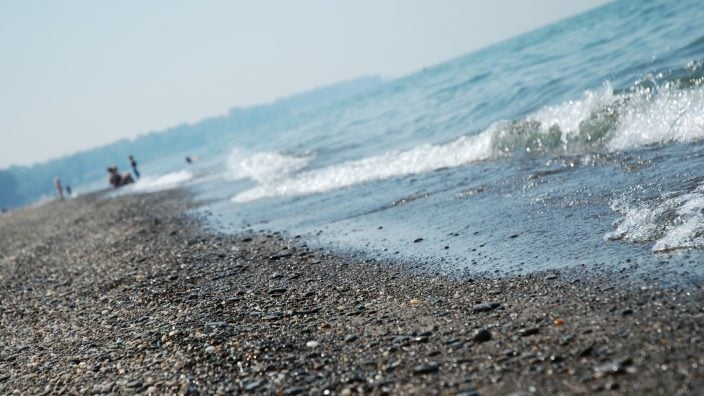Applications for Ohio Farm Bureau Health Plans now available
Members have three ways to apply: contacting a certified agent, calling 833-468-4280 or visiting ohiofarmbureauhealthplans.org.
Read MoreNOAA and its research partners predict that western Lake Erie will experience a harmful algal bloom (HAB) of cyanobacteria this summer that is smaller than in 2017 but larger than the mild bloom in 2016.
Scientists expect this year’s bloom to measure 6 on the severity index, but could range between 5 and 7.5. The severity index is based on a bloom’s biomass – the amount of its harmful algae – over a sustained period. The largest blooms, 2011 and 2015, were 10 and 10.5, respectively. Last year’s bloom had a severity of 8.
However, the size of a bloom is not necessarily an indication of how toxic it is. The toxins in a large bloom may not be as concentrated as in a smaller bloom. NOAA is developing tools to predict how toxic blooms will be.
Ohio Farm Bureau’s Senior Director Policy Development and Environmental Policy Dr. Larry Antosch discusses the forecast in this interview.
Some excerpts:
Antosch: The annual forecast is based off of a series of models that are running simulations looking at streamflow down the Maumee, weather conditions, lake conditions and using the back data to make a projection as to how severe or how large the algal bloom will be. This is like the seventh year that they’ve been doing it and they’ve come up with a severity index of 1 to 10 in terms of how large or the extent of the bloom is in August. So, for this year the projection was that it should be somewhere around a 6. So not super high, not super low something kind of in the middle, again based off of free flow or in the amount of rainfall runoff that’s occurred from beginning March through the end of July.
Antosch: Just because there is an algal bloom present it doesn’t have any direct relationship or necessarily with the amount or the toxicity of the bloom but just because algae or blue green algae is present doesn’t mean that it’s a harmful environment. (Forecast does not include toxicity of the bloom)
Antosch: Well I think one of the things is that, and again the numbers I think are showing that, the conservation practices nutrient management, fertilizer management, soil testing, cover crops all of that are having an impact and having a positive impact and influence on our water quality. There’s probably more that can be done, more opportunities are available to do more and also with the ongoing research and things that we’re seeing, not only those types of land management practices, but we need to start thinking about how do we manage the water in a greater extent.
Antosch: If we are seeing higher frequency of the short duration storms of the skies opened and we get the one inch or two inches in a relatively short time, we need to think about it and start implementing practices or things that will start slowing down that water. Drainage, water management some other retention type things. So, continue what we’re doing, start looking at how can we manage those extreme events better and to realize that it takes time for the systems to readjust and so things that we’re doing today may not have their full impact in terms of making a difference until five or 10 years from now.


Members have three ways to apply: contacting a certified agent, calling 833-468-4280 or visiting ohiofarmbureauhealthplans.org.
Read More

Bill Patterson, Cy Prettyman and Adele Flynn will continue to serve as officers for Ohio Farm Bureau Federation.
Read More

Delegates discussed many topics impacting agriculture including farmland preservation, local foods, and succession planning.
Read More

Twenty-six farmers govern the state’s largest farm and food organization.
Read More

The 2025 recipients are Fred Cooke (posthumous) of Richland County, Marvin Dietsch of Williams County, Steven Knollman of Hamilton County and Michele Miller (posthumous) of Ottawa County.
Read More

Nathan and Jill Parriman grow seasonal crops, including Christmas trees, pumpkins and cut flowers, providing U-cut experiences that invite customers to engage directly with agriculture.
Read More

The 2025 Distinguished Service Award recipients are Craig Adams, Mike Townsley, and Kellogg Farms, Kurt Farms and Stateler Family Farms.
Read More

Ohio Farm Bureau Treasurer Adele Flynn participated in the meeting, representing Ohio farmers.
Read More

For Ohio and PJM region, the outlook is reassuring—ample reserves and strong planning should keep the power on.
Read More

The average price for a classic holiday feast for 10 in Ohio will cost $55.87.
Read More